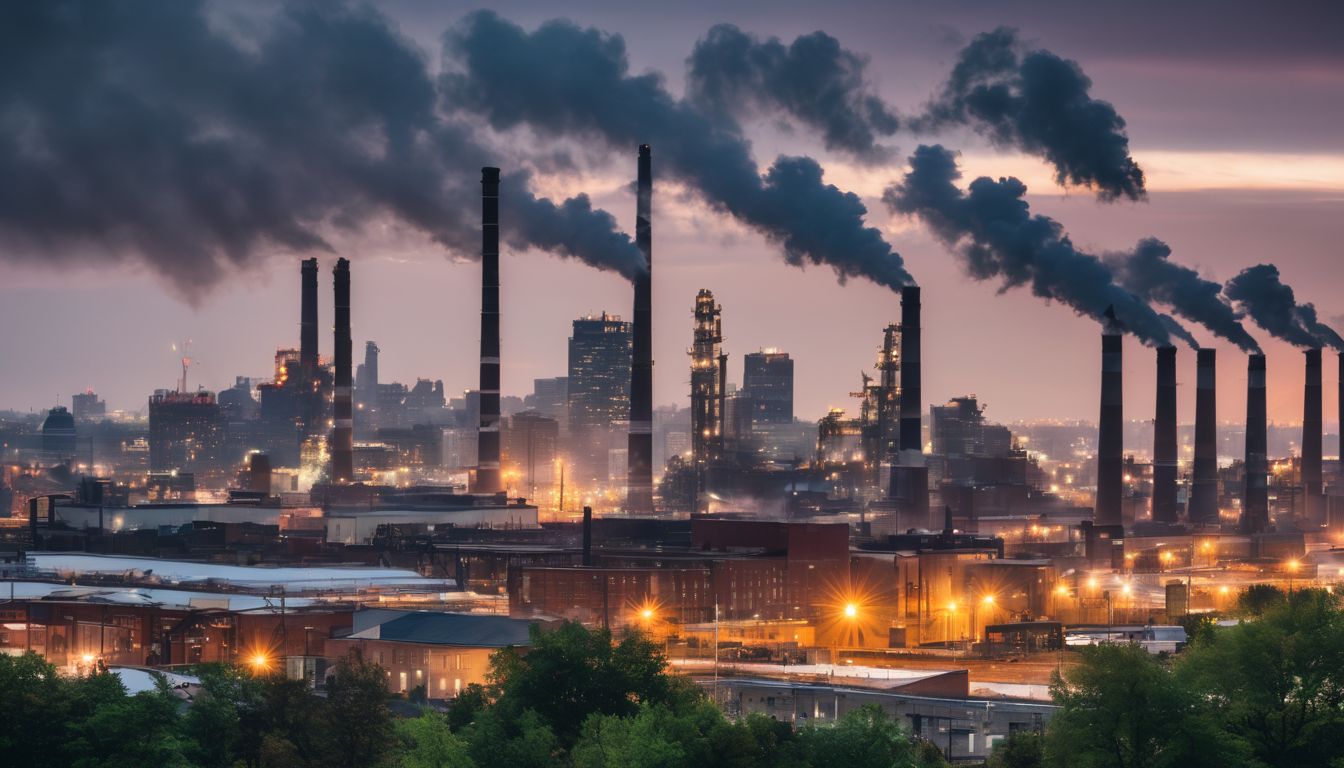Like the rest of the Canadian provinces, Québec’s natural resources are at risk due to climate change throughout the Canadian provinces, much like the series throughout regions of the United States.
Québec, Canada Climate Overview
There have been several changes in Québec over recent years that scientists attribute to global warming. Record floods, melting permafrost, shoreline erosion and intense winds have all been concurrent with higher than normal temperatures over the last few years in the province.
Although higher temperatures might sound like a good thing in a province that is known for being extremely chilly, climate scientists warn that they are a sign of very bad things to come. Higher temperatures now indicate that climate models predicting future change are on target. According to Alain Bourque, director of climate change impacts and adaptation at Québec’s climate change research institute Ouranos, “over the last 10 to 15 years [Québec] didn’t have a single season colder than normal… That is a clear indication that Canada’s climate is heating up beyond any reasonable doubt.”2
Climate models indicate that mean temperatures in southern Québec will be 2°C to 3°C higher than normal by 2020. If the current rate of warming continues in northern Québec, that part of the province could have temperatures that are over 4°C warmer than average by 2050 and as high as 7°C to 9°C higher by 2080.3
Ecosystem Impacts
One of the primary impacts of climate change in Québec will be on native flora and fauna. Some species will be able to adjust to new climates. For example, birds are moving upward into Québec as the weather there becomes more favorable. Southern Québec is seeing a wider variety of birds, like cardinals, that were previously uncommon.4 Unfortunately, plants are not so adaptable. Alain Bourque explains that maple trees have an optimal “climate envelope” in which they can survive. The envelope has been moving northward at about 10 kilometers per year. As Bourque put it, “[t]o keep up with its climate envelope, maple trees would have to move about 27 meters a day. In other words…they’d have to start walking.”5 If the maple is unable to move northward, then its survival will depend on how well it can survive in areas outside its normal climate envelope.
Infrastructure Impacts
Heavy winter storms and permafrost melts are causing the greatest infrastructure damage in Québec. The coastline east of Québec City has been battered by winter storms over the last several years. In the towns Sept Îles, Rimouski, and Percé many people have already lost their houses, or have had to move to escape the storms. The main culprits in the flooding are sea ice . Ice cover once protected coastal Québec, but now waves of up to several meters reach the shore during winter storms. Damage from these waves is now costing taxpayers, who help fund a new program that pays homeowners up to $150,000 if they are forced to move away from the coast.6
Floods are becoming more commonplace in
Québec. A backyard in Saint-Blais-Sur-Richelieu
was flooded by the Richelieu River on May 16, 2011.7
Farther north, permafrost loss is the issue of concern. The Salluit community is located on a river valley of ice and mud on the Hudson Strait. At one point there were discussions about moving the entire town because the ground had become so unstable. Permafrost underlies almost half of Canada, and as it melts landslides ensue and construction becomes difficult.8 Landslides, floods, and storms, which were once seen as freak events, have become so commonplace that they are expected. A study released in November by the National Round Table on Environment and the Economy, called “Paying the Price: The Economic Costs of Climate Change for Canada,” estimated that annual costs to cope with climate change in Canada could be up to $43 billion by 2050.9
https://greeniacs.10web.site/GreeniacsArticles/Global-Warming/Greenhouse-Gases.html”>greenhouse gas (GHG) emissions in Québec—the province is investing heavily in public transportation. In total, the actions announced in June should lead to overall GHG reductions of approximately 6.1 megatonnes.12
Climate Plan Follow-Through
Part of the reason why climate change initiatives have been so successful in Québec has to do with the grassroots movement that has swept across the province. Last spring, what started as a student protest of tuition increases turned into the “Maple Spring.” The Maple Spring movement not only led to the revocation of the tuition hikes, it has also spurred a more socially and ecologically progressive political climate. The backlash against neoliberalism sparked the election of Pauline Marois and the Parti Québecois government, which has adopted more progressive reforms in its first days in office than any other provincial government in recent Canadian history.13 Over the summer, Québec’s new government shut down the Gentilly-2 nuclear plant and imposed a complete (several year) moratorium on the shale gas industry until a new environmental assessment could be performed by the Bureau d’audiences publiques sur l’environnement (BAPE).14 It will be great to see Quebec as a success story and role model for climate change action in North American and across the globe!




